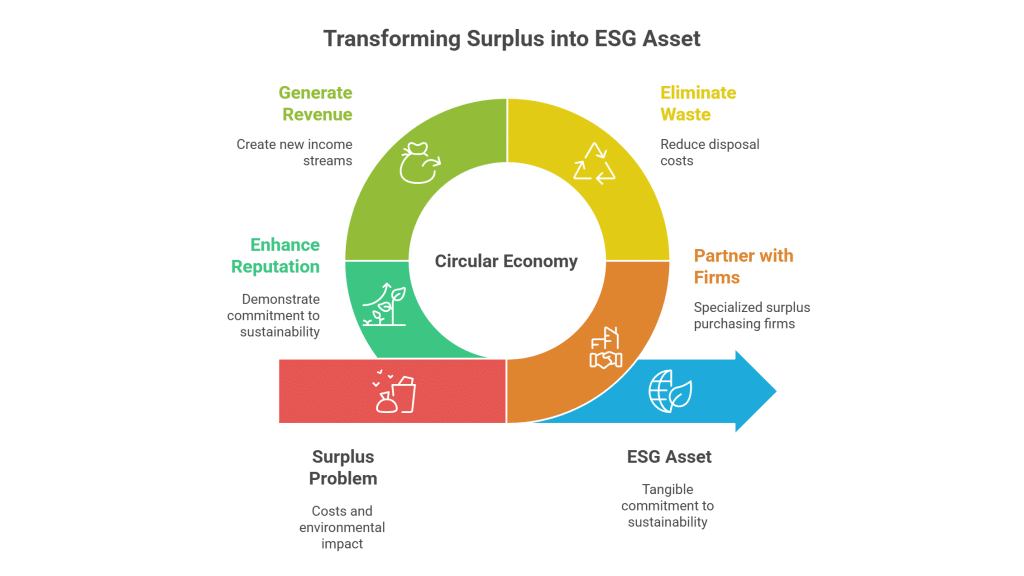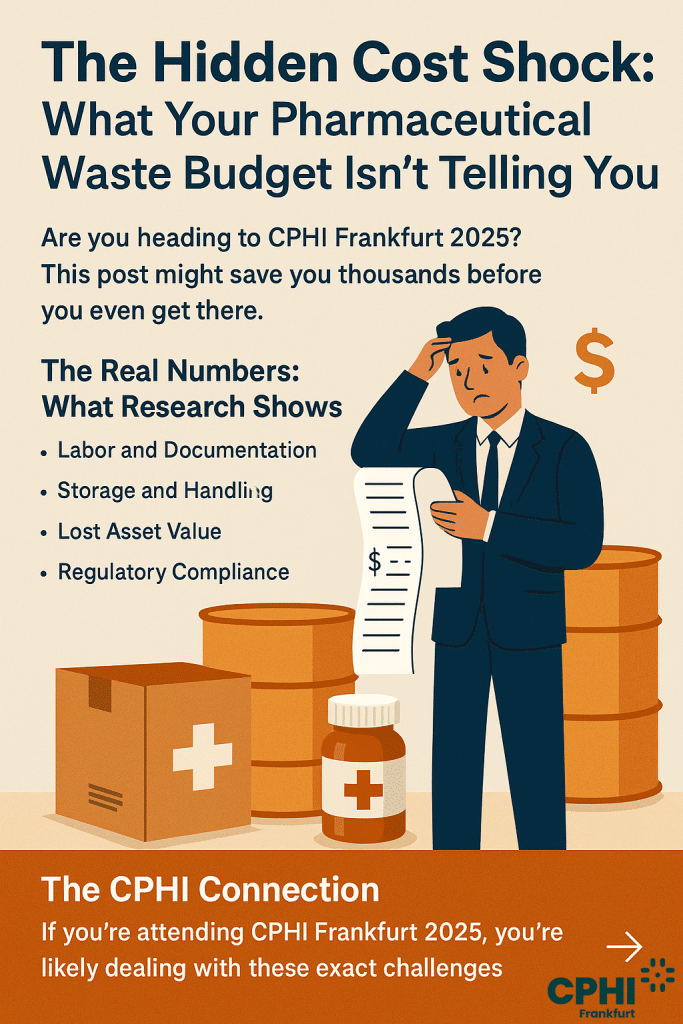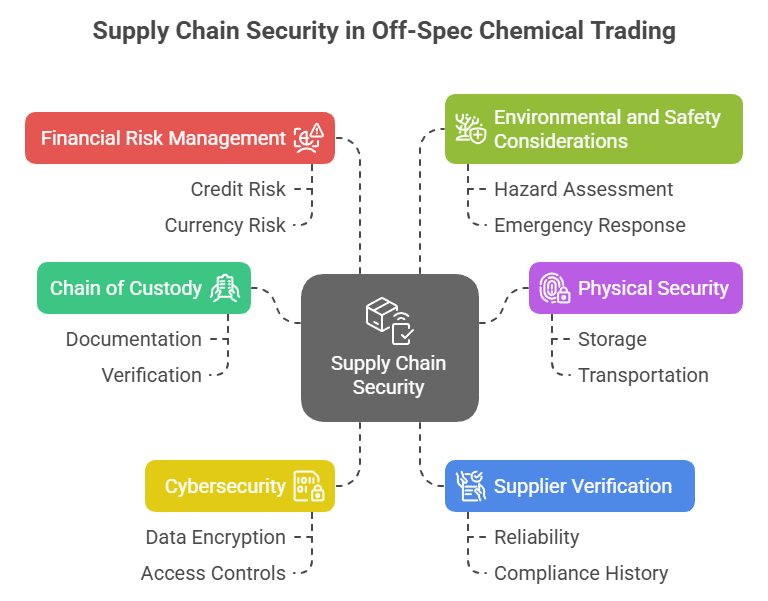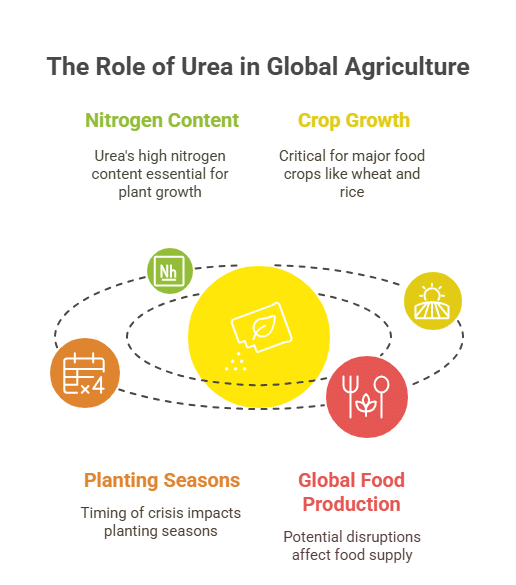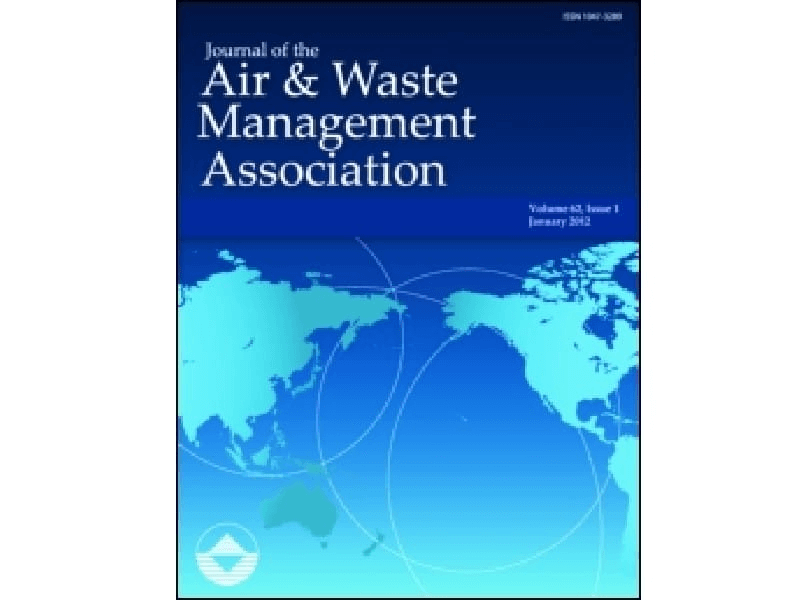Unlock the Potential of Surplus Aspartic Acid in the Food & Pharma Industries
Aspartic Acid is a naturally occurring amino acid, essential for protein synthesis and various biochemical processes. In both the food and pharmaceutical sectors, its applications range from flavor enhancement to active ingredient roles, making surplus inventory a valuable asset. Surplus Aspartic Acid, often arising from overproduction or batch variability, provides companies with a unique opportunity to manage resources wisely.
Buy and Sell Surplus Aspartic Acid in Food & Pharma Sectors
The process of buying and selling surplus chemicals offers a dual advantage. On one hand, companies can clear excessive stock, recover valuable costs, and free up precious storage space. On the other hand, buyers benefit from cost savings, a reliable source of high-quality chemical supplies, and a boost to sustainability credentials. By converting surplus into revenue, businesses not only avoid expensive disposal and regulatory penalties but also contribute to a greener, more sustainable operational model.
Aspartic Acid Applications in Food & Pharma
Buyers in both sectors enjoy access to competitively priced, high-quality chemicals that meet rigorous industry standards. This ensures a stable supply chain, reduced lead times, and improved formulation consistency, all while supporting sustainable procurement practices.
Sellers can monetize overstocked or aging inventory, turning a potential liability into a revenue stream. By offloading surplus Aspartic Acid, manufacturers and distributors reduce hazardous storage liabilities, prevent costly disposal operations, and maintain regulatory compliance, all of which enhance overall operational efficiency.
Table of Contents
Successful Surplus Management in Food & Pharma
In a recent case study, a leading food production company faced challenges with excess Aspartic Acid inventory that threatened to incur high storage and disposal costs. Instead of letting the overstock go to waste, they chose to trade the surplus through a specialized platform. Pharmaceutical firms in need of high-quality raw materials quickly absorbed this inventory, resulting in significant cost savings and efficient resource reallocation. The food company not only eliminated potential wastage but also generated additional revenue, showcasing an innovative, sustainable approach to surplus management.




